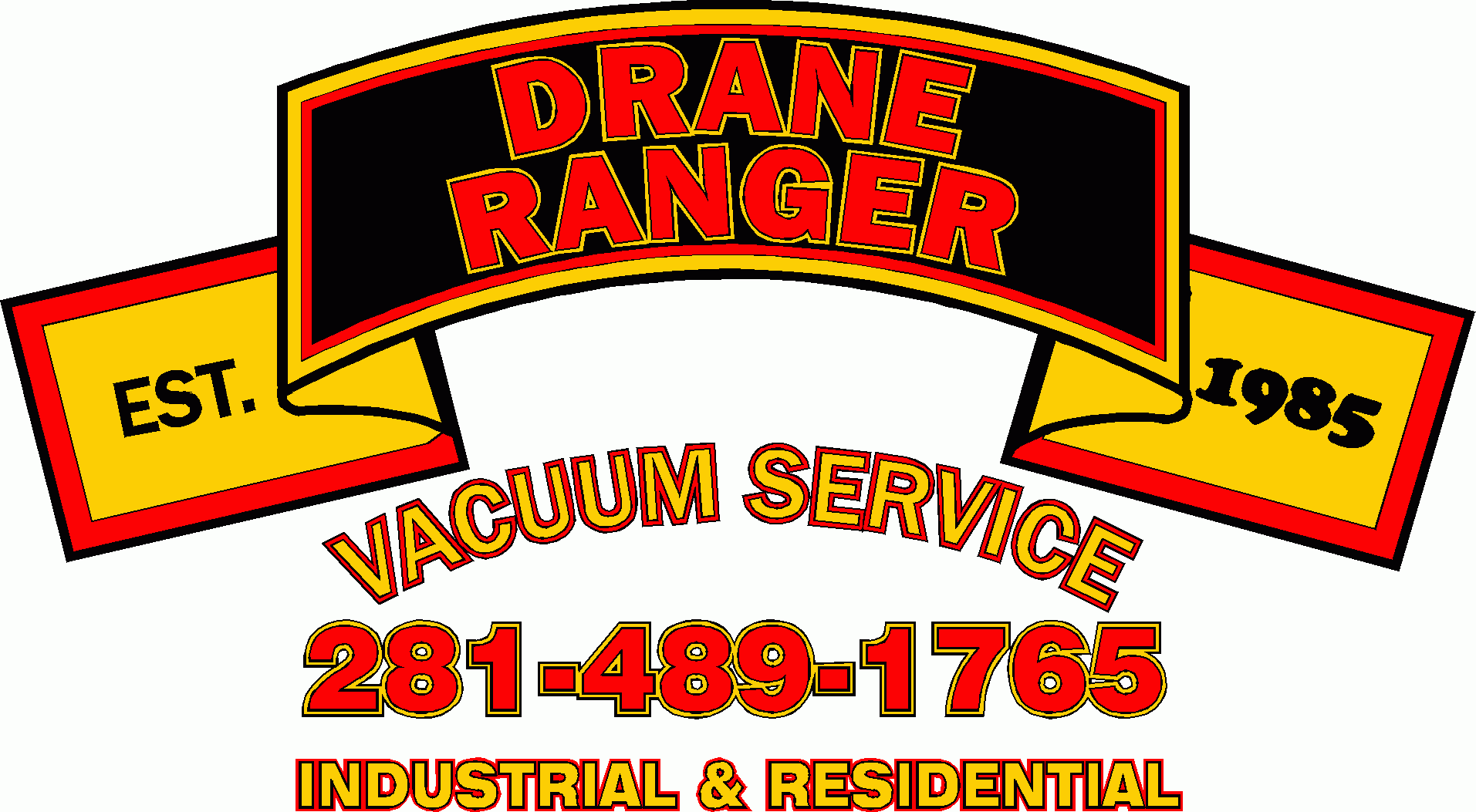Have you ever wondered how wastewater systems keep our lives clean and safe? The answer lies in the power of lift stations. Lift stations are unsung heroes responsible for moving wastewater safely away from homes, schools, businesses, hospitals, and other facilities so that it can be properly processed before being discharged into streams, rivers, or lakes. In addition to reducing the risk of contamination and disease caused by raw sewage entering water sources, lift stations also protect our environment from hazardous pollutants. Learn more about how these powerful machines help us live healthier lives while protecting local watersheds.
What is a Wastewater Lift Station and How Does it Work to Reduce Pollution?
Wastewater lift stations play a crucial role in managing waste and reducing water pollution. These stations function as intermediary pumping stations in a gravity-based sewer system, lifting wastewater from lower to higher elevations and ultimately directing it to treatment plants. Usually located in low-lying areas, wastewater lift stations are equipped with pumps, motors, and controls to maintain optimal flow rates and prevent backflow. This is important because any accumulation of wastewater could potentially lead to environmental hazards, including contamination and the spread of diseases. By efficiently transporting wastewater, lift stations help ensure the health and safety of communities while also minimizing the negative impact on natural ecosystems.
The Impact of Wastewater Pollution on the Environment
Wastewater pollution poses a severe threat to the environment. The discharge of harmful chemicals and contaminants into our waterways, oceans, and groundwater has caused significant damage to aquatic life and ecosystems. This untreated water affects the quality of water we drink and impacts public health. We rely heavily on freshwater resources to sustain our communities, and wastewater pollution jeopardizes the availability of clean water for future generations.
It is for these reasons that wastewater lift stations remain crucial to all water infrastructure, whether it’s a sprawling municipality or smaller communities. These stations provide critical management of wastewater to help us treat water and redirect it somewhere safe.
How Wastewater Lift Stations Can Help Save Lives
Wastewater lift stations may not seem like the most glamorous topic, but they play a vital role in our communities. These stations collect wastewater from homes and businesses before pumping it to a treatment facility. Without them, our streets would be flooded with sewage, leading to disease and environmental hazards. But did you know that these stations also help save lives? By collecting wastewater from hospitals, they prevent harmful pathogens from entering the water supply, ultimately protecting public health.
Benefits of Installing a Wastewater Lift Station
Installing a wastewater lift station is a smart investment for any property owner. Whether you’re running a restaurant or managing a residential area, a lift station can help eliminate the hassle and expense of maintaining other systems. The benefits of a lift station include improved efficiency, reduced maintenance costs, and increased safety. Overall, investing in a lift station is a wise decision that can offer long-term savings and peace of mind.
Importance of Proper Maintenance of a Wastewater Lift Station for Maximum Lifespan and Efficiency
A wastewater lift station is an integral part of any sewer system, responsible for pumping sewage from lower to higher elevations. Regular maintenance of lift stations is essential to ensure that they operate efficiently and safely. By implementing a proactive maintenance plan, operators can avoid costly repairs and equipment failures, and extend the lifespan of the station. Proper cleaning and inspection of the pumps, motors, valves, and control systems can help identify problems before they become critical. Furthermore, regular maintenance can improve the energy efficiency of the station, reducing electricity costs and minimizing its environmental impact. Ultimately, proper maintenance of a wastewater lift station will ensure that it operates at peak performance, providing reliable and safe sewage removal for years to come.
Cost-Benefit Analysis of Installing a Wastewater Lift Station
When it comes to installing a wastewater lift station, it is important to conduct a cost-benefit analysis to fully understand the financial impact it may have. Such analysis can help determine whether the investment is worth it in the long run. While there is an upfront cost for installation, a lift station can increase the efficiency and reliability of wastewater management in the long term. The benefit of reduced maintenance costs and improved flow control, as well as the ability to better regulate water pressure, can all contribute to a lift station’s value. However, the costs of ongoing maintenance, repairs, and upgrading of the system may add up over time. Ultimately, the benefits of a lift station will depend on the individual needs of the organization or community it serves, and a careful cost-benefit analysis is key to making the right decision.
Where to Find Qualified Wastewater Management Services
If you own a wastewater lift station or are looking for wastewater management solutions, then Drane Ranger is here to help. Our team of experts has been helping people in Texas keep their wastewater lift stations operating at maximum efficiency. Contact us today to learn more about how we can help you get the most out of your wastewater solutions through regular, professional cleaning and maintenance.
